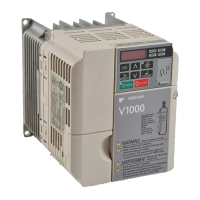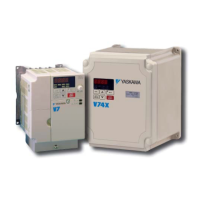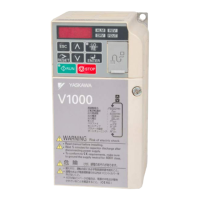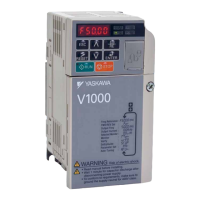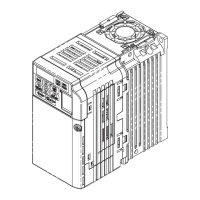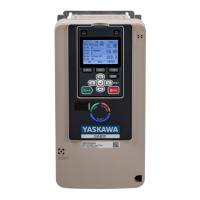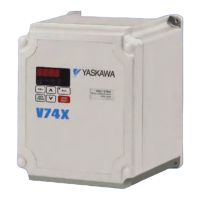No. Name Description Range Default
L4-07 Frequency Detection Conditions
0: No detection during baseblock.
1: Detection always enabled.
0 to 1 0
u
L5: Fault Restart
The drive performs a self-diagnostic check if a fault occurs during operation. If the problem has been taken care of, the drive performs Speed Search
(b3-24) and starts back up again. This is referred to as a Fault Restart.
n
L5-01: Number of Auto Restart Attempts
n
L5-02: Auto Restart Operation Selection
No. Name Setting Range Default Page
L5-01 Number of Auto Restart Attempts 0 to 10 0 −
L5-02 Auto Restart Operation Selection
0: No output
1: Output
0 −
The user can set the number of times that the drive may attempt to restart itself. When the drive faults out, it can attempt to restart after the minimum
baseblock time has passed plus 5 ms. Each time that the drive clears the fault and attempts to restart is counted in the number of fault restarts. Even if the
number of fault restarts is set to L5-01, protection operation will be triggered if the fault situation continues as the drive attempts to restart itself. The drive
can attempt to restart itself following the faults listed below. Other protection functions are available for other faults not included in this list.
• OC (Overcurrent) RH (Braking Resistor)
• GF (Ground Fault) RR (Braking Transistor)
• PUF (DC Bus Fuse) OL1 (Motor Overload)
• OV (DC Bus Overvoltage) OL2 (Drive Overload)
• UV1 (DC Bus Undervoltage) OH1 (Overheat)
• PF (Input Phase Loss) OL3 (Overtorque 1)
• LF (Output Open Phase) OL4 (Overtorque 2)
When undervoltage in the DC bus is set to allow for Power Loss Ride-Thru (L2-01 = 1 or 2).
Note: To output a signal during fault restart, set H2-01, H2-02, or H2-03 to 1E. The number of fault restarts is reset back to 0 when: The drive operates normally for ten minutes
following a fault restart. A fault is cleared manually after protective functions were triggered. The power supply is cycled.
NOTICE: Do not use the fault restart function in hoist applications.
n
L5-04: Fault Reset Interval Time
Determines the amount of time to wait between attempts to restart the drive.
This function is enabled by setting L5-05 to 1.
No. Name Setting Range Default Page
L5-04 Fault Reset Interval Time 0.5 to 600.0 10.0 s -
n
L5-05: Fault Reset Operation Selection
No. Name Setting Range Default Page
L5-05 Fault Reset Operation Selection
Keeps track of how many times the drive attempted to restart after a fault occurred.
0: Uses the method available in G7.
1: Uses the method available in V7.
0 −
u
L6: Torque Detection
This function outputs an alarm signal using multi-function output terminals MA-MC, P1-PC, and P2-PC when the load is too heavy (overtorque) on the
machine side, or suddenly becomes too light (undertorque).
n
L6-01/L6-04: Torque Detection Selection 1/2
n
L6-02/L6-05: Torque Detection Level 1/2
5.8 L: Protection Functions
196
YASKAWA ELECTRIC SIEP C710606 18A YASKAWA AC Drive – V1000 Technical Manual (Preliminary)

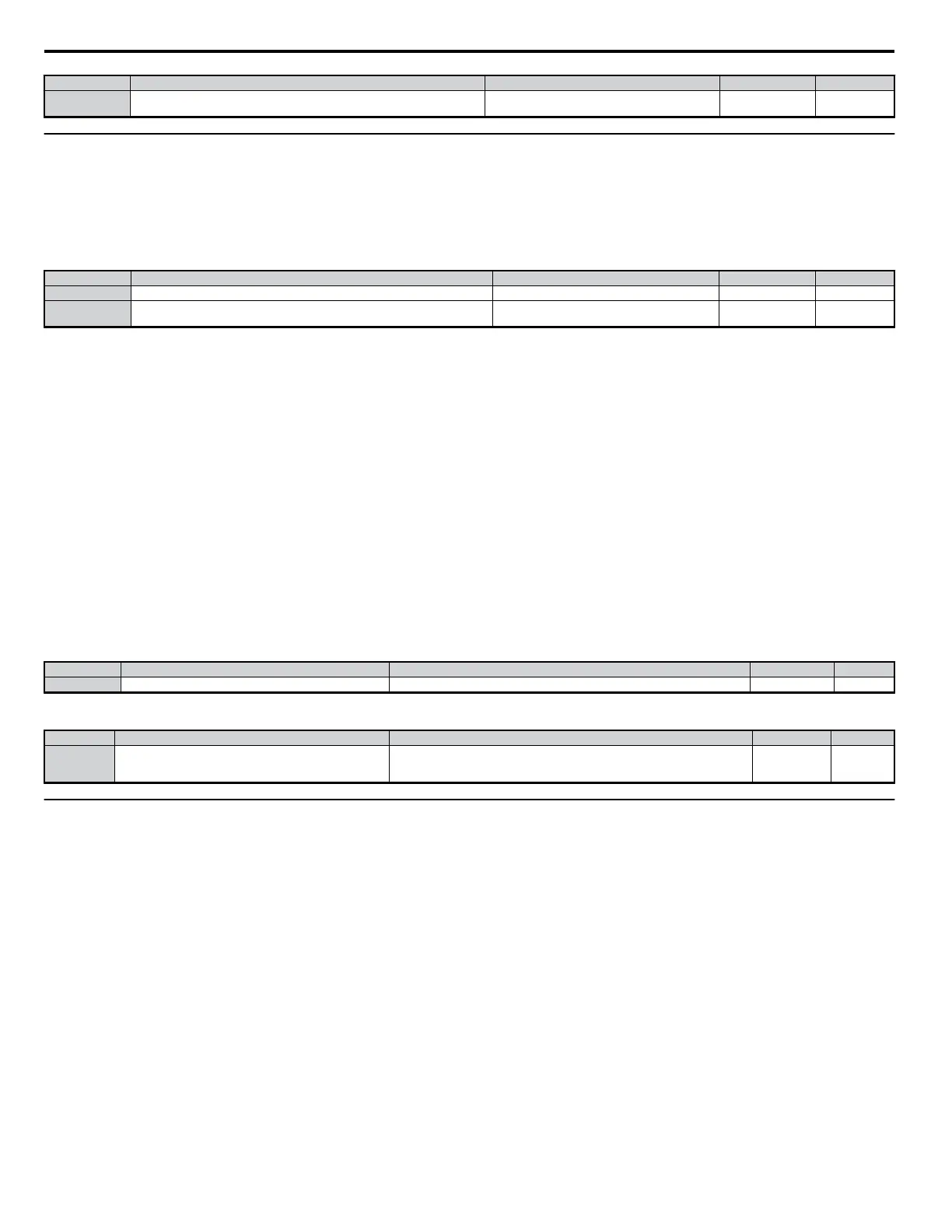